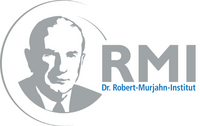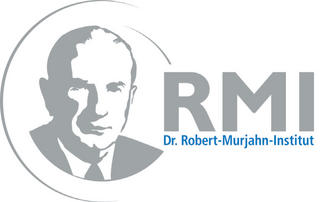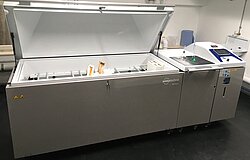The Dr. Robert Murjahn Institute (RMI) has been offering a combined corrosion test for coating systems in accordance with DIN EN ISO 12944-6 since 2012. The basis of the test is both exposure in a neutral salt spray according to DIN EN ISO 9227 and storage in a humid environment by condensation of water (DIN EN ISO 6270-1/2). The successful accreditation in 2018 completed RMI's milestone of establishing a fully comprehensive competence in the field of corrosion protection. It covers not only the various stresses or bearing arrangements, but also a range of evaluation methods (e.g. quantitative evaluation of the degree of blistering, cross-cut testing or microscopic examination of corrosion at the scribe).
While at the beginning of 2012 these were only individual tactile tests, corrosion testing has been indispensable at the RMI for several years now. Already in the development phase of products, it helps to select the optimal coatings and materials to achieve the best possible corrosion protection. "Due to steadily increasing testing requests from our customers, we were already faced with the challenge at the beginning of 2021 that our previously only corrosion chamber was filled to capacity weeks in advance," reports laboratory manager Dr. Vanessa Kaune of RMI's testing technology department. In addition, the idea grew to expand the corrosion testing to include other test standards in order to be able to simulate even more test climates. These include standards from the automotive industry (e.g. VDA 621-415) or electrical engineering (e.g. IEC 68252), in which salt spray phases alternate with phases of high or low temperature, high and low humidity, and rest phases. The urgent need for more testing capacity and the desire to expand the testing spectrum led to the completion of a new laboratory space for corrosion testing at RMI Test Engineering in May 2022. In addition to the old corrosion chamber, it accommodates a new test chamber, which multiplies the test capacity and allows various test climates or climatic cycles from the field of corrosion protection to be simulated. "We are very pleased that we are now even more broadly and flexibly positioned thanks to the new laboratory," says Vanessa Kaune.



